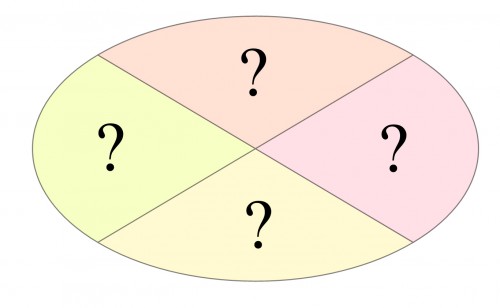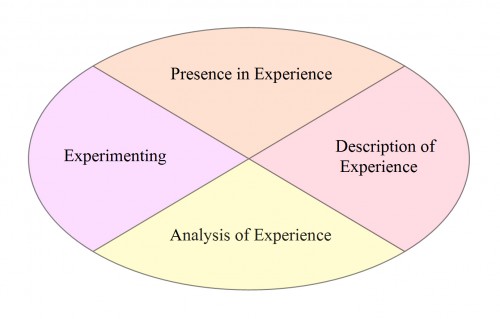I could also call this post something like this: ‘Brief overview of the experiential learning cycle (ELC)’, or ‘using the experiential learning cycle in teacher training and professional development’, or … Well, I see that the titles can get longer and less attractive, whereas my goal for sharing these notes is quite simple.
Earlier this month I joined John Pfordresher’ Reflective Practice Challenges on his blog. If you would like to learn more about it, or even better, to join in, please read the latest post here and check other links
I really enjoyed sharing my reflective practice mission statement and I was really grateful for the comments and thoughts in response.
A couple of comments were asking to share more about the ELC and how it can be used for teacher reflection process. The other motivation to write about it came from Kevin Stein in his Reflective Practice Mission Statement post. He wrote in inspiration from and with reference to Kathleen Bailey’s amazing article ‘Reflective Teaching: Situating our Stories’ (hint: if you read his post you find the link to this article, as well as many more useful reading sources on this subject)
Kevin’s post helped me to find John Fanselow’s words: “Each event we see can be interpreted in ways different from our usual ways of doing it because we are each limited by the ideas of reality we have.”
I have been using the ELC in teacher training since 2006. My understanding of how helpful the cycle is in making the reflective process structured and deliberate has also evolved in these years. In this post I would like to share some thoughts about the cycle and how I see it, and I will start doing it by looking at some models of the reflective process I am aware of. Please note that this is not an attempt of any kind of academic research. Instead of this, it is a step towards widening my ‘reality’ of using the ELC and clarifying what the cycle is and is not for myself.
The first three models below were taken from The Power of Experiential Learning by C. Beard and J.P. Wilson.
John Dewey’s Learning Process
The Cycle evolved: it all started from this simple three-stage model of a learning process.
The four-stage model of feedback , where each section is a little more clarified.
We then come to Kolb’s model where the stages of the Cycle have a little more ‘user-friendly’ names and look a little more clear in terms of what exactly is happening in each stage.
Now, Carol Rodgers with her four-phase reflective cycle says that it ‘can help teachers better attend to student learning’
More: the link to the complete article ‘Voices inside Schools. Seeing Student Learning: Teacher Change and the Role of Reflection‘ can be found in Josette LeBlanc’s excellent blog post (as well as one more article by Carol R. Rodgers)
You might be wondering what I am trying to say (or to do) with all the models mentioned above. The answer is: I am sharing the cycle I am using on teacher training courses and in helping teachers with their professional development online and face-to-face, and this is a model which looks like this:
Note: World Learning SIT TESOL Certificate Course Trainers have been using this model on their courses, and I internalized the model for the trainings I facilitate.How it is similar to the other cycles (two main things)
- has 4 stages
- has description, interpretation and future plan (which could be referred to as ‘What? – So What? – Now What? simplistic model)
How it is different from the other cycles
- the experience itself is not a part of the cycle (I start with its description because we often choose what to reflect on from the whole experience we had as opposed to looking back at everything in a lesson, for example)
- the ‘interpretation‘ stage is divided into two, and that’s why I have Analysis of the actual moment and how helpful or not helpful it was the student learning in that concrete lesson, etc. and Generalization, where beliefs (or theories, or values) are articulated, based on the previous stages of the Cycle.
Well, this is the end of my brief overview. I would really like to ask the readers to share any other sources, links, websites, articles and opinions about this subject. I am planning a couple more posts about ELC and really need your feedback and comments. One of them is about various questions about the ELC and how to use it during a feedback session on an intensive teacher training course, the other(s) about each stage of the Cycle and how to distinguish one from the other, and a couple more personal reflections on what magic the ELC can do to our teaching and learning.
Finally, my question to you: If you are already using the ELC, what is your reflective cycle like? If you are not using it (yet), what would it be like?
Thank you for reading!







Pingback: A Shift in Perspective | Wednesday Seminars